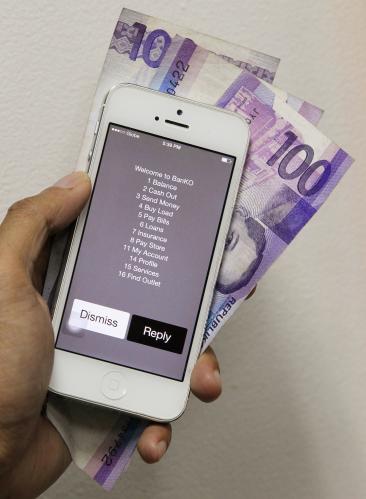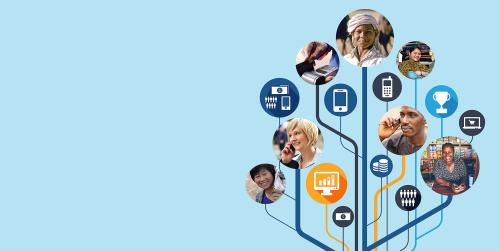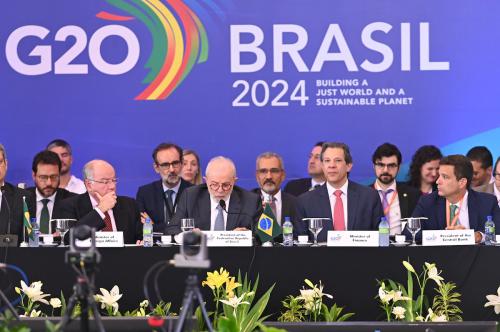Brookings will hold an event and live webcast on Thursday, August 4 to discuss the findings of the forthcoming 2016 Financial and Digital Inclusion Project (FDIP) Report. Follow the conversation on Twitter using #FinancialInclusion.
The 2016 Brookings Financial and Digital Inclusion Project (FDIP) Report, the second annual report produced by the FDIP team, assesses national commitment to and progress toward financial inclusion through traditional and digital mechanisms in 26 countries.
As in the 2015 report, the FDIP team analyzed four key dimensions of financial inclusion: country commitment, mobile capacity, regulatory environment, and adoption of formal financial services. The 2016 report amplifies the geographic diversity of the FDIP country sample by adding five new countries and features descriptions of the financial inclusion landscape in all 26 countries.
The 2016 FDIP Report finds that significant progress has been made toward advancing financial inclusion in many countries, and robust commitment to strengthening the digital financial services ecosystem is evident across diverse geographic, political, and economic contexts.
On August 4, the Center for Technology Innovation will discuss the key findings of the 2016 FDIP Report and host a conversation with public sector representatives about key trends, opportunities, and obstacles regarding financial inclusion in their respective countries and around the world.
Below we provide some context regarding the role of financial inclusion within the global drive for sustainable development.
What is financial inclusion?
The common themes that emerge from many definitions of financial inclusion are the ability to access formal financial services and to utilize those services in a way that promotes financial health.
For example, the Center for Financial Inclusion at Accion defines financial inclusion as a “state in which everyone who can use them has access to a range of quality financial services at affordable prices, with convenience, dignity, and consumer protections, delivered by a range of providers in a stable, competitive market to financially capable clients.”
In short, financial inclusion in itself is not the end goal, but instead serves as a key mechanism for advancing the well-being of individuals, families, and communities. At the macroeconomic level, financial inclusion provides opportunities to advance economic growth, reduce income inequality, and combat poverty.
For the purposes of FDIP, we primarily focus on individuals’ access to and usage of affordable, secure, basic financial services and products, such as person-to-person payments and savings accounts. However, we also recognize the important role that more extensive financial services (e.g., microinsurance and microcredit) can play in enabling individuals to plan for the future and absorb financial shocks. Where possible, we highlight examples of a broad suite of financial services within the country profiles of the 2016 report.
To learn more about the 2016 FDIP Report, please register to attend the launch event in-person or watch the live webcast.





Commentary
Upcoming Brookings report highlights global financial inclusion developments
July 28, 2016